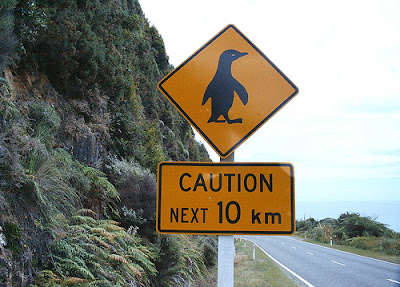Finishing the stategy module

Today I finished the third and last strategy module of PCT, before the end of the year as I intended. They had a little "surprise" for me in store since their latest units all existed of 30-60 problems while the last unit contained 240 problems! Since it were all familiar problems, I had a chance to take a good look at the retrieval of the answers. This is my experience: Scanning. The eyes scan around the board and testmoves are executed before the minds eye. The eyes always follow the same route at every repetition of a problem. The same moves are tried, the same errors are made. Only from time to time, usual after more repetitions, some flaws in the route are corrected, some unnecessary eye movements are eliminated. Time 0-30 seconds Pattern recognition. All of a sudden a part of a geometrical pattern is recognized. Time less than 1 second. Retrieval of associations. Immediately the whole pattern is retrieved, along with all associated thoughts, idea's and patterns. ...














